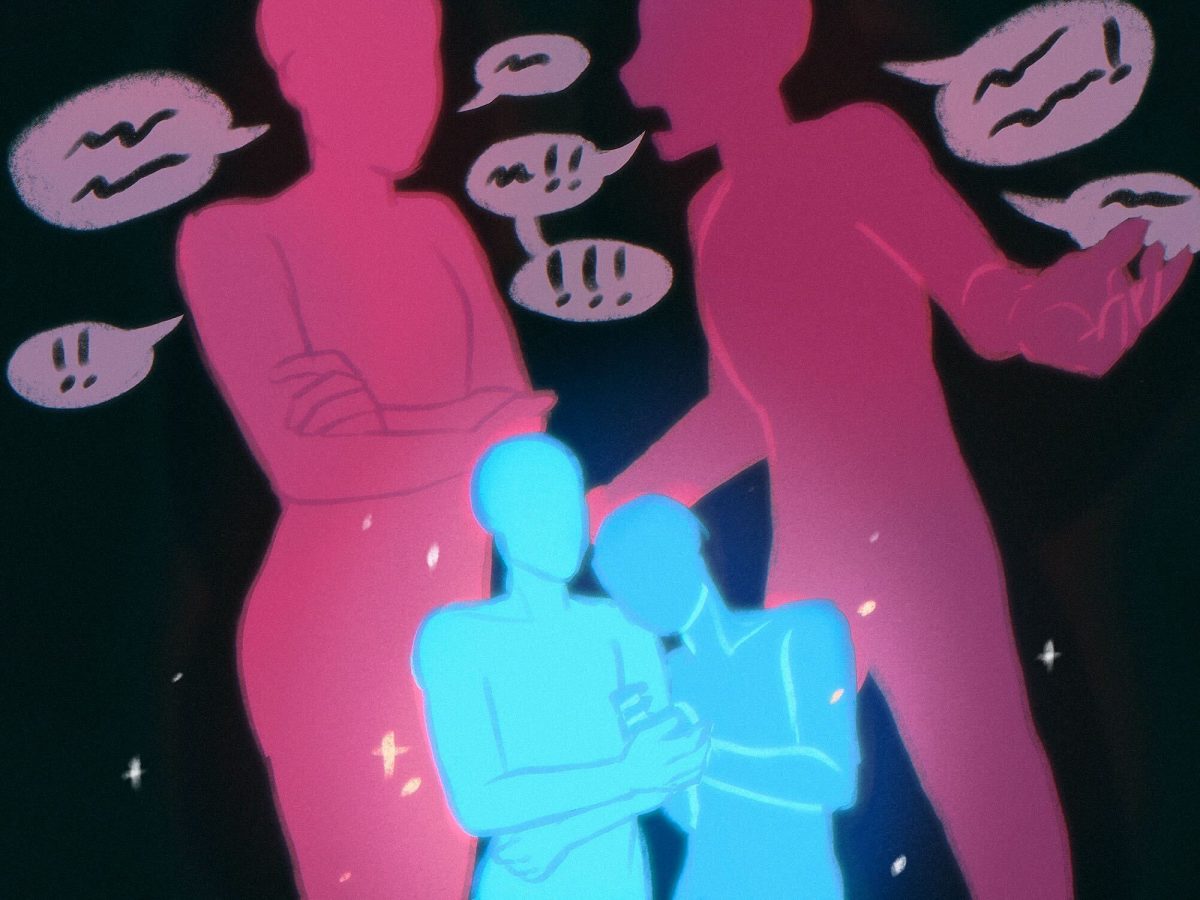Video games are facing the real life equivalent of the Pac-Man ghosts and it remains to be seen whether or not there are any power pellets remaining. Tomorrow, Nov. 2, the U.S. Supreme Court will begin the process of determining whether or not video games deserve First Amendment protection. If Chief Justice John Roberts and friends uphold the lower courts’ decisions, our right to mash video game buttons like Thanksgiving potatoes will be affirmed. If not, Princess Peach may just have to stay trapped in the next castle forever.
The case in question, Schwarzenegger v. Entertainment Merchants Association, concerns a 2005 California law that banned the sale or rental of violent video games to minors. Now, considering that games come with age ratings already, that would seem to be a law written by the legislative branch. But the ratings come from the games industry itself through the Entertainment Software Rating Board, a self-regulatory agency with no ties to the government. Likewise, store policies regarding violent video games and minors are self-imposed, not legally mandated. Wal-Mart could decide to include a copy of Grand Theft Auto with the purchase of every Dora the Explorer lunchbox without breaking a single rule. There is a big difference between private and public regulation, and its one of the distinctions that the Supreme Court has to draw most frequently.
Bans on violent video game sales to minors have been attempted before, but they have previously relied on accusations of obscenity, since obscene materials do not receive First Amendment protection. The reason those attempts never passed muster or made it up to the Supreme Court is obvious to anyone who’s ever read the Wikipedia page on the Miller Test (also known as the Three Prong Obscenity Test) that the courts use to determine whether or not something is obscene. All components must be satisfied, and one of them requires an offensive depiction of sexual content. Although some have argued that its scope should be expanded, the Miller Test has thus far been limited to sexual speech. I hesitate to assume anything regarding this topic, but I don’t imagine the average person gets his jollies by whacking virtual zombies with baseball bats.
But this case is different, and much harder for the gaming industry to fight against. California is arguing that violent video games are harmful to minors and that the government is legally permitted to “support parental authority” through the proposed law. If the Supreme Court agrees, it is quite possible that major retailers, such as Wal-Mart and Target, could decide to stop carrying Mature-rated games, just as they don’t carry games that receive the Adults Only rating. That would do irreparable damage to the video game industry, both financially and creatively. Since most games are sold through those kinds of stores, game manufacturers would lose a major source of revenue. Big-time games are multimillion-dollar investments already, so the industry would have to abandon violent games almost entirely in order to make a profit. “Bejeweled’ would soon replace “God of War’ in the gaming pantheon.
Don’t let me depress you, though. The outlook is actually quite bright. It would be difficult to imagine the SJC overturning the Ninth Circuit’s ruling in light of its decision to protect videos depicting real-life animal cruelty in the recent U.S. v. Stevens case. The studies California cited in its argument have also been dismissed asinsufficient by the federal judges who have already ruled on the case, and it is probable that SJC justices will do likewise. Furthermore, the vast majority of those who wrote into the Supreme Court have been in support of the defendants, and only 11 states have joined in support of California’s ban. Exactly the same number has filed in support of the video game industry, and such a divide between the states is usually indicative of a doomed case.
So why do I even bring this up? Because this case represents a turning point in video game history, for better or for worse. There’s a level in “Call of Duty: Modern Warfare 2′, a game only slightly less popular than oxygen, where the player participates in a terrorist attack on a Moscow airport. It uses direct, player-controlled violence to convey horror in a deeply personal manner, and the stomach-churning episode was one of the richest I’ve ever experienced. It is important that gaming be given the chance to grow rather than be stifled so early in its development, as its immersive capabilities give it unique storytelling potential. It’s also a great way to blow off homework, and I hope the Supreme Court remembers that.


















































































































